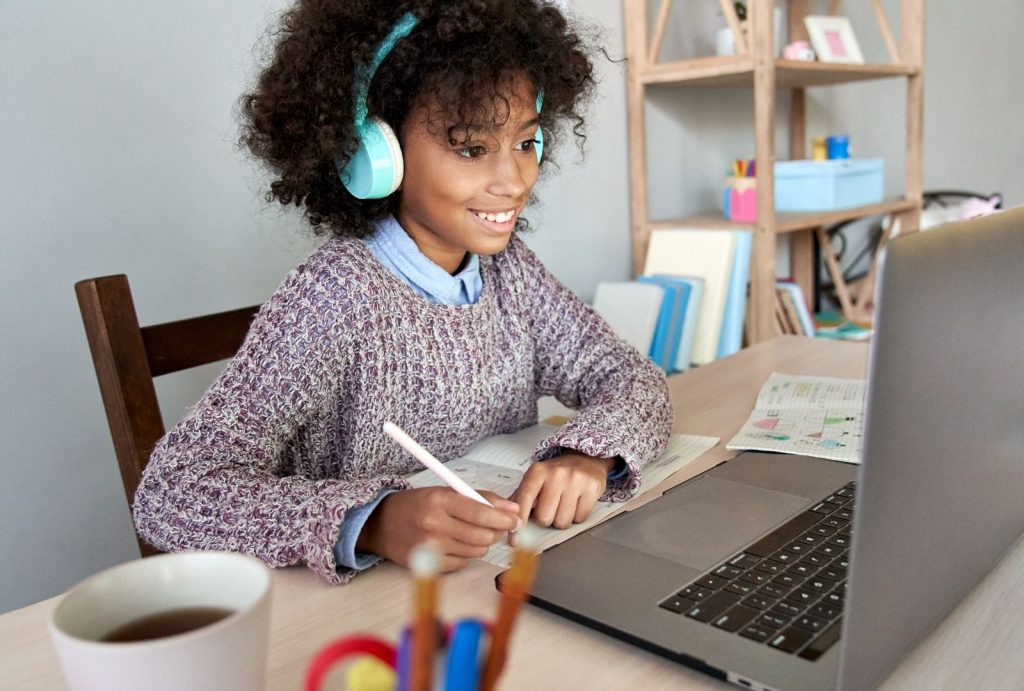Educators and school leaders around the world have innovated ways to carry out instruction when schools are closed. – Virtual Schooling
A new report from the International Association for the Evaluation of Educational Achievement and the United Nations Educational, Scientific, and Cultural Organization looks at how 11 countries approached learning during school closures from the start of the pandemic through July 2021.
The survey collected information from more than 21,000 students, 15,000 teachers and nearly 1,600 principals. The survey countries—Burkina Faso, Denmark, Ethiopia, India, Kenya, the Russian Federation, Rwanda, Slovenia, the United Arab Emirates (UAE), Uruguay, and Uzbekistan—do not include the United States. But the results provide insight into ways schools have provided instruction with widely varied technology capability and student needs.
As in the United States, schools across the countries dealt with widespread or universal closures in 2020, averaging seven months.
While most countries transitioned to virtual schooling, socially distanced, or even broadcast classes during their months of school closures, the survey found 20 percent to 85 percent of students had no instruction at all for four months or more of the time they should have been in school. While researchers did not assess the academic progress of students independently, a majority of teachers in most countries said their students learned less and were more disengaged during school closures. And 40 percent to 80 percent of principals in most countries said the performance of their low-income students declined significantly during the closures. “The learning losses are real, but for the most part they are unequal,” said Borhene Chakroun, the director of the division for policies and lifelong learning systems in UNESCO’s education sector.
Across countries, a quarter to half of students who did receive instruction off campus had no one at home to help with schoolwork at least some of the time. Differences in students’ access to education technology proved critical to getting instruction back up and running quickly. In the Russian Federation, for example, widespread school closures lasted only one month. In 2019, before the pandemic, the country launched a national ed-tech program which had developed guidelines for schools for setting up online learning platforms; training teachers to use virtual education tools and assessments; and expanding 1-to-1 devices for students. During the pandemic, the country was able to expand that program, providing free digital and paper-based lessons and learning materials for students and teachers.

